The FET is there for reverse polarity protection.
When the power is first applied, since the FET's source node doesn't know what voltage it has, the FET remains off for a moment. The body diode is forward biased so the current will flow through the body diode first. Then the FET's source sees VIN-VF-body. This makes the FET's gate-source voltage negative (because gate is grounded) so the FET turns on and shorts the body diode. From this moment on, the current will flow through the MOSFET until the system gets de-energised. If the power is applied in reverse polarity then neither the body diode nor the MOSFET itself will be on so the current will not flow and none of the remaining components will see a negative voltage. That's how the MOSFET protects the circuit.
Why mosfets are better than diodes ?
They are not. Or at least, we can't generalise this. But for reverse polarity protection purposes, MOSFETs provide better performance and efficiency. Here's why:
The voltage drop across the protection element (MOSFET's drain-source) is lower provided that the MOSFET's RDS-on is low enough. This means that you should select one with lowest RDS-on possible (possibility here depends on the efficiency target, thermal specs, cost target and market availability). The lower the RDS-on, the higher the cost (generally, not always).
The lower voltage drop across the protection element brings lower losses and therefore better efficiency.
A MOSFET with higher RDS-on may be cheaper but you should be careful. For example, if the load current is 1 Amp and you select a MOSFET with an RDS-on of 0.6 Ohms then there's no point of using a MOSFET. Because the losses will be the same with a silicon diode.
The most important in your case is the USB's allowed voltage range which is 4.75 - 5.25V (5V ± 5%). Using a silicon diode in series as a reverse polarity protection here would make the voltage seen by the IC lower than the allowed minimum (5 - 0.6 = 4.4 VDC). And using a Schottky diode may not be always sufficient since the guaranteed forward voltage drop may not be always less than 0.3V.
If I want to add such safety to higher voltage and current application (25V and 10A continues), Which one is better in that case ?
Read the two items above and decide.
